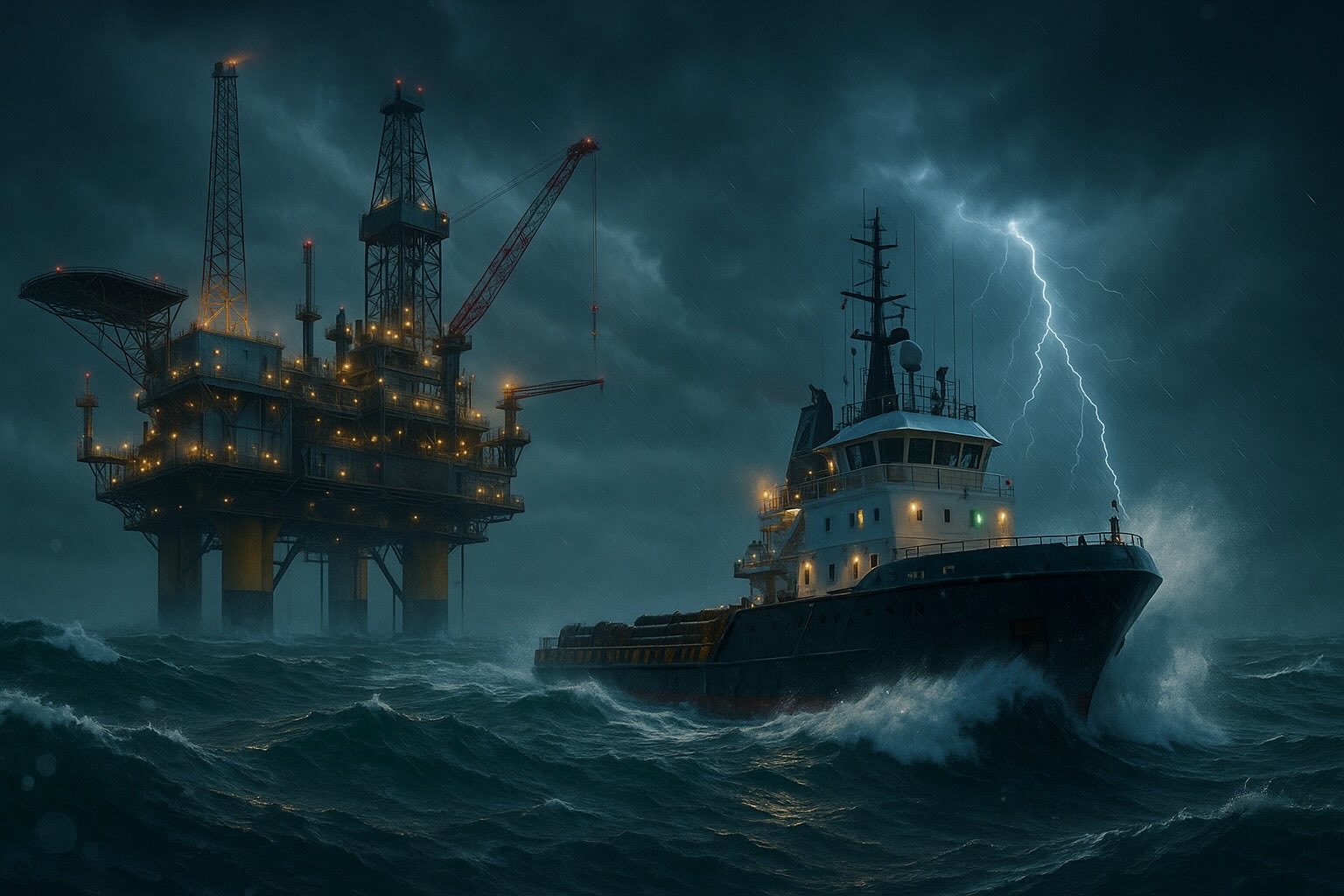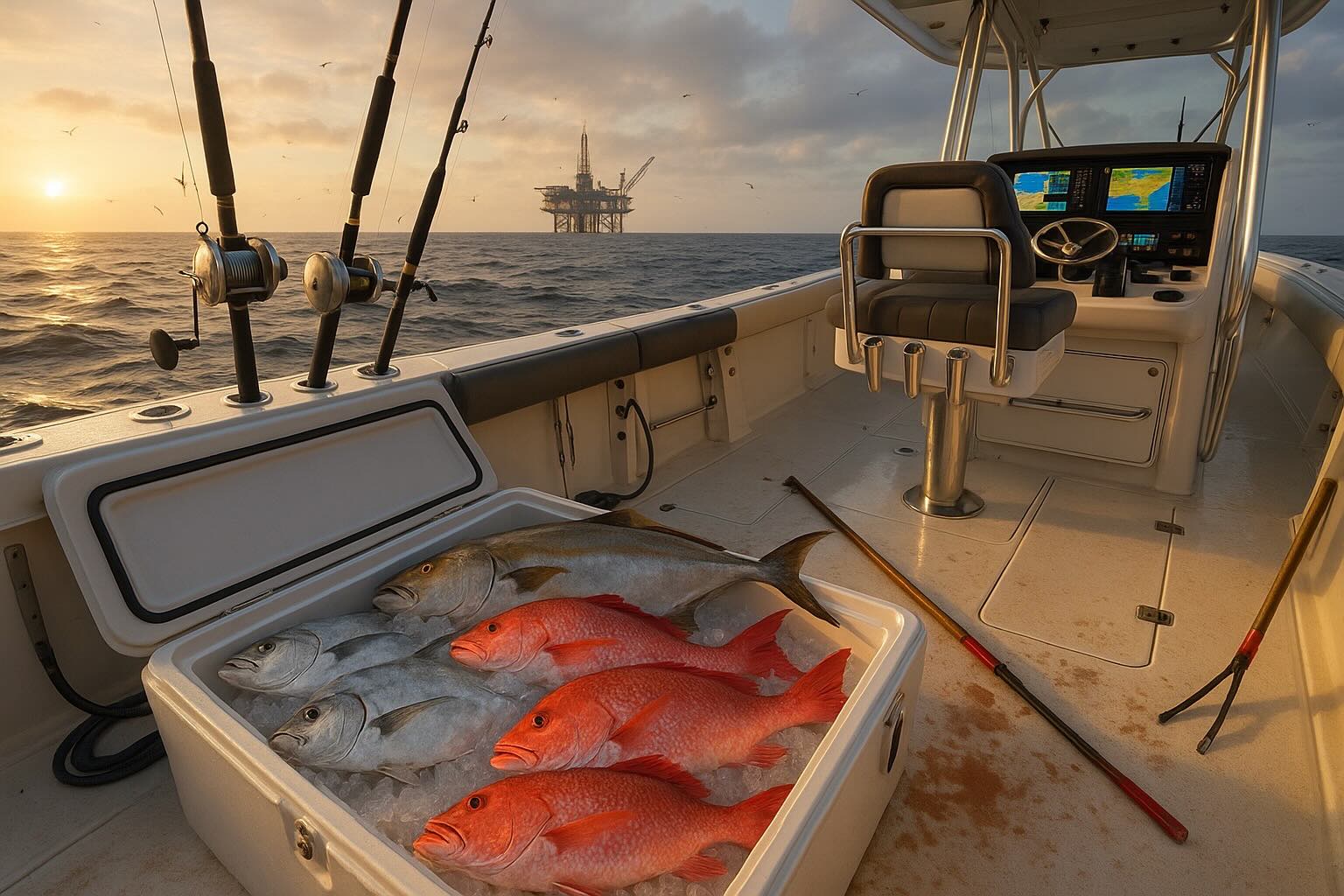


Coverage: U.S. Federal OCS (Texas & Louisiana offshore). Figures are rounded “order-of-magnitude” planning numbers for web display.
~1.77 million b/d
≈14–15% of U.S. crude production.
~1.8 Bcf/d
Shelf-weighted + associated gas from deepwater hubs.
The modern GOM is primarily an oil province; gas volumes are comparatively smaller and more variable.
| Item | GOM (U.S.) |
|---|---|
| Regulated offshore facilities | ~2,000 (incl. production, drilling, quarters) |
| Manned production platforms (storm base) | ~371 |
| Active offshore pipelines (oil + gas) | ~13,000 miles |
| Total installed (active+inactive, historical) | ~45,000 miles (cumulative) |
| Typical deepwater crew on board | ~60–200 POB (asset-dependent) |
Counts vary with new starts, workovers, and decommissioning.
Shelf blocks (e.g., Ship Shoal, South Marsh Island) are shallow-water, mature oil/gas with frequent small operators. Deepwater projects (>500 ft) are capital-intensive hubs with long-tieback networks (e.g., Mars–Ursa, Thunder Horse, Appomattox, Whale).
Operator ranks change as assets trade and new projects ramp. Use BSEE monthly/annual tables for current placements.
~8,600 ft water; designed around ~100 Mboe/d peak; target crew ~60 POB.
Major deepwater hub, started 2019; typical POB ~80–100 depending on campaigns.
First 20k-psi deepwater development in the GOM; next-gen subsea and topsides pressure envelope.
| Refinery | Approx. capacity |
|---|---|
| Marathon Galveston Bay (TX) | ~630 kb/d |
| Motiva Port Arthur (TX) | ~625 kb/d |
| ExxonMobil Baytown & Beaumont (TX) | ~600–900 kb/d (combined) |
| Valero Port Arthur / ExxonMobil Baton Rouge / Marathon Garyville | Major GOM crude takers |
Capacities rounded; check current EIA capacity tables for exact values.
Actuals vary by operator, rotation, OT, and certifications.
Drilling, production ops, subsea, maintenance, crane/lifting, marine, HSE/medics, catering, logistics, inspection/NDT.
BSEE incident stats show improving trends, with variability year to year.
Large deepwater blowout with extensive environmental and economic impact; catalyzed major regulatory changes.
Flight decks and boat landings follow strict procedures for POB control, cargo handling, and simultaneous operations (SIMOPS).